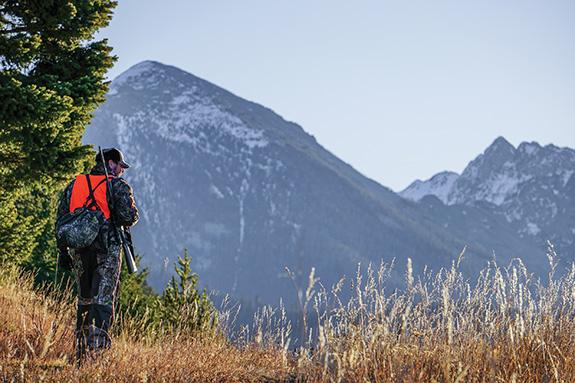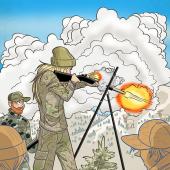A Side of Country
Quick-hits for the time-crunched.
The chocolate-colored bruin swayed his substantial head from side to side trying to decipher what I was from 100 yards. I snugged the rifle up tight and slipped off the safety. The crosshairs hovered behind his shoulder as he slowly turned away. Now.
That bear hunt was a far cry from a weeklong adventure deep in the backcountry. It was a quick two-day excursion with enough gear to stay dry, fed, and safe, and if everything worked out, a notched tag in my hand.
I’ve come to refer to these hunts—with a dose of irony—as sidecountry hunts. The term comes from the skiing world. From a skier’s perspective, “sidecountry” is backcountry terrain accessed from a resort. It’s straightforward to get to, yet has that “out there” appeal.
Skiing or hunting, the sidecountry can still get you into trouble if you head out unprepared. Avalanches don’t give a damn if the boundary is 300 yards away and bumping into a grizzly can create a world of problems no matter where you are. But risk is part of the appeal, and there are other pros to quick-hit hunts.
More Hunts
Not everyone can take multiple weeks off each hunting season. (If you can, I hate you and am in awe of your schedule.) By spreading out your hunts, you don’t risk using all your days at once. Ever burn a week on an elk hunt and it rained 96% of the time? Yep, me too—it sucks. Montanans have over 100 days of hunting opportunity throughout the general season, plenty of options for two- or three-day jaunts. Lastly, you burn less time away from family and work, yet still pack considerable adventure into each day.
Plus-1 or Solo
When chasing ungulates, having a hunting partner is great. Pack-out duty is easier and you can split gear. It’s easier to wrangle hall passes on short hunts, so your buddy has no excuse when it’s only two nights. On the other hand, solo hunts are uniquely rewarding and you have freedom to go where you want and how to hunt—your choice. With a partner or alone, quick-hitters are easier to pull off.
Hunt New Areas
When only 48-72 hours are on the line, hunting a new area is not so daunting. If you discover a honey hole with elk, bonus; if you stumble into 11 trail runners darting around every corner, no big deal. Roll the dice and find new areas on the map now and for future seasons.
Up Your Odds
Day hunts are great but staying out one or two nights increases your odds of filling tags, even just one mile off a trailhead. When the day-hunters are heading home, you’ll be tucking into your tent with elk bugling on a ridge, as you ready for first light. Use these hunts as additional “gear shakedowns” in preparation for longer hunts. Dial in the essentials, leave unnecessary equipment behind, and streamline your system. Also, hunt midweek—way less competition.
Recharge Your Batteries
Our lives are jam-packed with responsibilities—the dog’s sick, the roof’s leaking, work trips stack up. While we anticipate a big backcountry hunt like a sugar-high kid at Christmas, the expectation around an upcoming sidecountry hunt is equally high. You’re still soaking up the wilderness and watching the sun set in elk country, putting on miles that tax you physically and when it all comes together, you know you made the most of every second out there. And that big chocolate bear? Got him—on day one of two.
Tim Hoffer is the hunting manager at Mystery Ranch backpacks.









